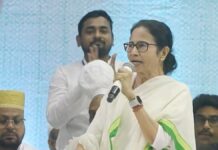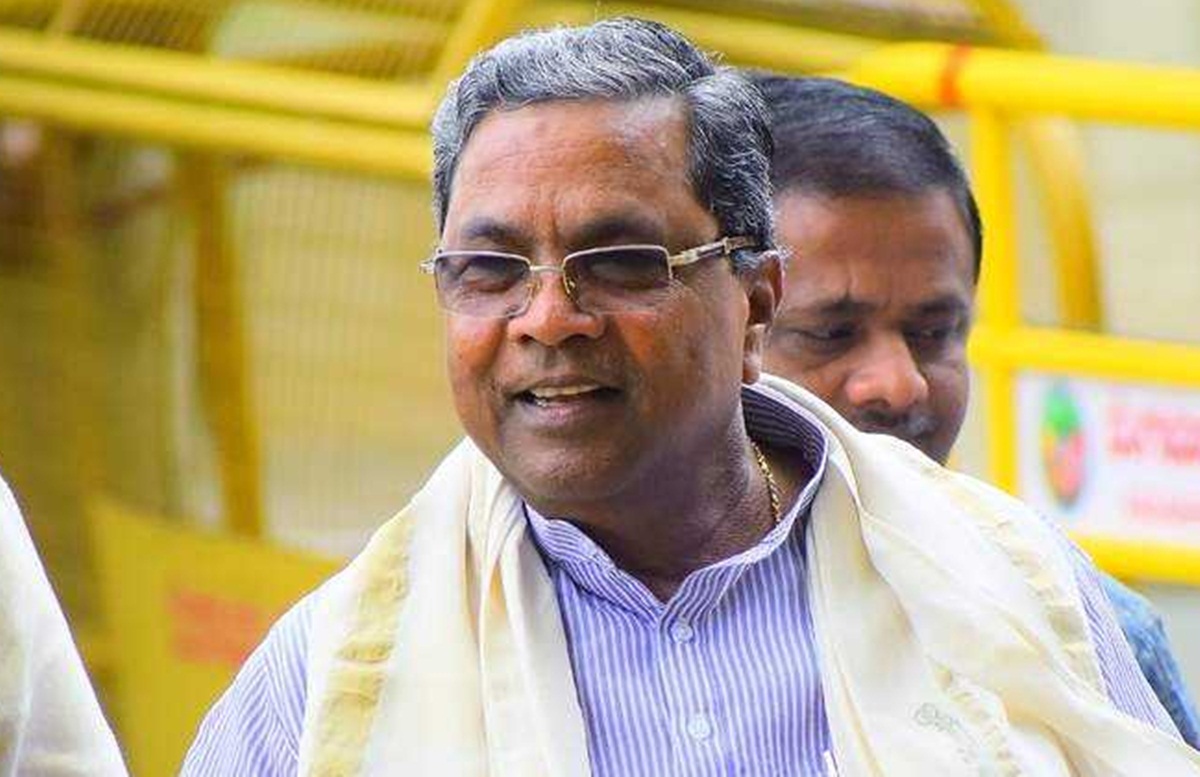@prashanthamine
Mumbai: Given our poll math estimated calculations, Bharatiya Janata Party (BJP) led National Democratic Alliance (NDA) Presidential candidate Droupadi Murmu should by all accounts comfortably sail through to victory on July 21. In the numbers game, the numbers appear to be heavily stacked in favour of Droupadi Murmu to become the 16th President of India, the first tribal woman from Mayurbhanj district in the state of Odisha to do so.
As per our estimated calculations, NDA’s Droupadi Murmu should be able to get 6,42,118 votes cast in her favour. While her UPA led opponent Yashwant Sinha should get 3,71,113 votes. There are a further, sizeable 73,200 votes from both the houses of the Parliament and state Legislative Assemblies belonging to smaller parties, whose stand is still unclear.
Besides having the numbers by their side in the Lok Sabha and Rajya Sabha, the NDA has six major state assemblies by its side. On the other hand, although the Congress led United Progressive Alliance (UPA) has the numbers in seven major state assemblies which is not enough.
Actually, the lack of numbers in the Lok Sabha and Rajya Sabha hurts the electoral chances of UPA candidate Yashwant Sinha. Even if the entire lot of 73,200 of the smaller parties’ votes go in favour of Sinha, his votes tally will reach 4,44,313, which is still not enough to win the elections.
In both the houses of the Parliament, the NDA has a strength of 390 seats out of 543 seats in the Lok Sabha, that multiplied by the vote value of 700, comes to 2,73,000 votes. In the 233 member Rajya Sabha, the NDA has a strength of 144 Members of Parliament (MPs), that multiplied by 700, the NDA vote share comes to 1,00,800 votes.
As against this, the UPA strength in Lok Sabha is 90, which translated to vote share comes to 63,000. In Rajya Sabha, the UPA strength is 48, the vote share comes to 33,600.
Although the smaller parties and Independents have a strength of 104 – Lok Sabha 63 and Rajya Sabha 41, out of their overall strength of 400, that includes State’s as well. The value of votes in State Assemblies varies according to the size of the assembly and 1971 census population. Given the fact that the party whip does not apply to them here and also it is a secret ballot, it is hazardous to guess which way these smaller parties will vote.
At the state assembly level, out of the total vote value of 5,43,231 of 4,033 MLAs in 28 State’s and 2 Union Territories, the NDA has an estimated vote share of 2,52,918. While the UPA has an estimated vote share of 2,89,913 votes. There are about 400 votes attached to the smaller parties which may swing either way as they are not bound by the party whip.
Already, some UPA allies like the Shiv Sena, Jharkhand Mukti Morcha (JMM), Samajwadi Party ally in Uttar Pradesh, Suheldev Bharatiya Samaj Party (SBSP) have pledged their support to NDA’s Droupadi Murmu. Maharashtra Chief Minister Eknath Shinde has already claimed that about 200 of the 288 MLAs in Maharashtra will vote for the NDA candidate.
Although that is the stated position as of now, one thing that needs to be borne in mind is that the election to the office of the President of India is held by Secret Ballot.
Second most important aspect besides the Secret Ballot, is that the election follows the system of Proportional Representation by means of Single Transferable Vote.
Another significant factor that one needs to bear in mind is the possibility of voters (elected Members of Parliament (MPs) and Members of Legislative Assembly (MLAs) casting Invalid votes with invalid markings, cross-voting, absenteeism and the presence of large number of MPs and MLAs from smaller political parties and Independents as well.
Hence taking into account all the above factors, both the NDA and the UPA camps would be taking extra efforts to ensure that all the votes that are cast, are valid.
At the State Assembly level, although there is not much that separates the NDA and the UPA in terms of vote share in key 13 states, what works in favour of the NDA is that it has key big states in its favour.
The NDA is in power in key 6 States of – Bihar (20,933 votes), Gujarat (16,317), Karnataka (15,982), Madhya Pradesh (17,423), Maharashtra (32,025) and Uttar Pradesh (56,784 votes). The NDA has a total vote share of 1,59,464 votes in these key 6 states.
The mention of Maharashtra in the list of key states, and Chief Minister Eknath Shinde’s claim on voting from Maharashtra explains why there was a regime change in the state. Maharashtra is the key state when it comes to poll maths of Presidential elections.
The UPA allies are in power in key 7 States of – Andhra Pradesh (27,825 votes), Kerala (21,888), Punjab (12,760), Rajasthan (15,996), Telangana (15,312), West Bengal (33,371) and Tamil Nadu (27,984 votes). The UPA has a total vote share of 1,55,136 votes in these 7 key states.
Overall, the BJP and its NDA allies are in power in 16 states and one Union Territory. Out of the 16 states, the BJP has its own government in five states. The Congress and its UPA allies are in power in 11 states and one Union Territory. The Congress on the other hand on its own is in power in just two states of Chhattisgarh and Rajasthan.




